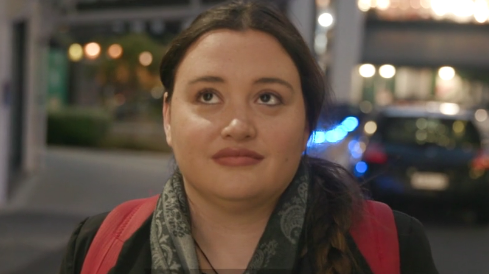Matariki - in my own words

Māori voyagers would use the stars to guide them to their futures and keep them on track towards their destinations – Matariki does the same for me.
Every year at Matariki I pause and take a look at where I have been, I remember what is important in my life and I look ahead to where my whanau and I are going.
Growing up I was disconnected from Te Ao Māori; my biological father was Māori and his absence created a space between me and my whakapapa. I had always felt a piece of me was missing which is why my mother encouraged me to pursue Te Reo Māori in high-school and make contact with my estranged whanau.
It was during my Te Reo Māori studies in high-school, then later at the tertiary level, that I discovered a Taonga I thought would always be lost to me. Learning about my whakapapa, discovering my iwi and understanding Tikanga Māori has completely changed my life.
For me Matariki is a time of reflection, a marker to taiho and set goals for the future both personally and professionally.
I’m proud to celebrate my culture and Te Ao Māori at work, and being part of the ANZ Kapa Haka and the Māori and Pacific Island groups means so much to me. Together, we are committed to sharing our culture with our staff and our customers, and every year Matariki provides the right opportunity to do that.
Lauren Riley-Strong
Glossary
- Taiho - pause or wait
- Taonga - highly respected object or natural resource
- Te Ao Māori - the Māori world
- Te Reo Māori - Māori language
- Tikanga Māori - Maori culture, traditional way of doing things
- Whakapapa - ancestors, genealogy
- Whanau - family
About Matariki
Matariki, popularly known as Māori New Year, is a time to pause and recognise New Zealand’s indigenous culture and traditions and celebrate new beginnings.
Traditionally, Māori would observe the sky making notes on star movements and their relationship to the planets, the moon and the sun.
One of the star groups identified is Matariki, the Māori name given to Pleiades, an internationally recognised star cluster that can be seen all over the world. There are around 500 stars in the Matariki cluster, but only six or seven are visible without a telescope.
Different tribes celebrate Matariki at different times. In 2019, from 25 to 28 June, Matariki will re-appear in the dawn sky – signalling the start of the Māori New Year.
